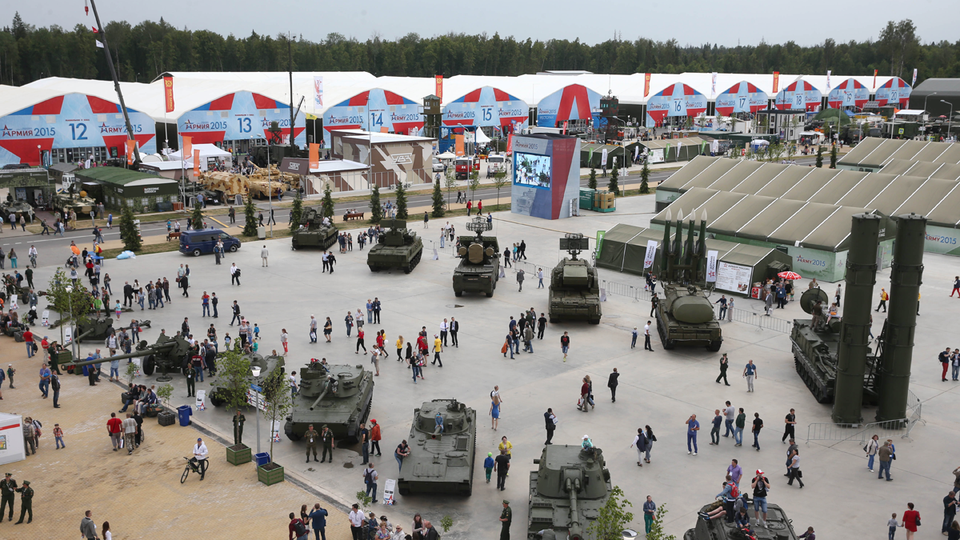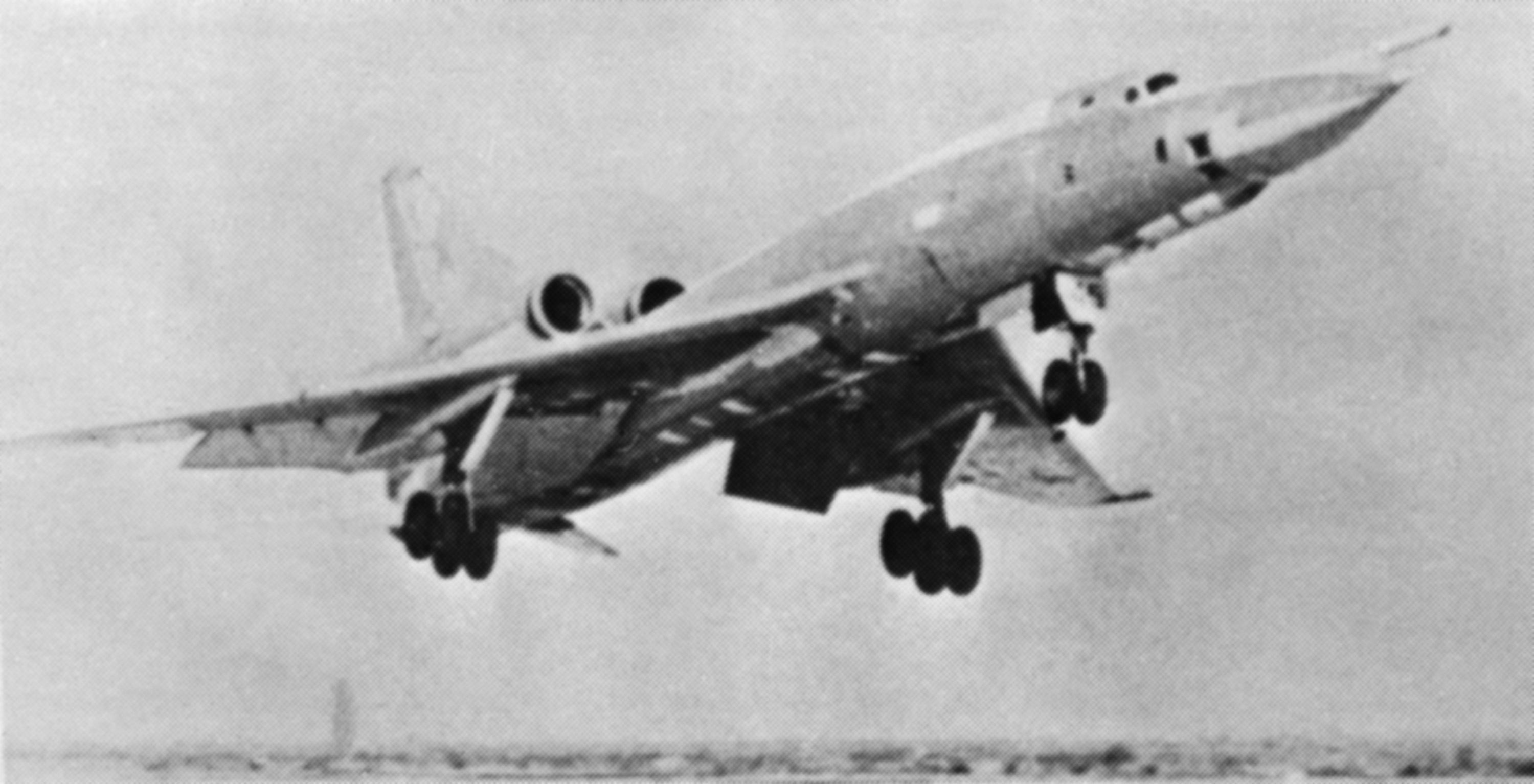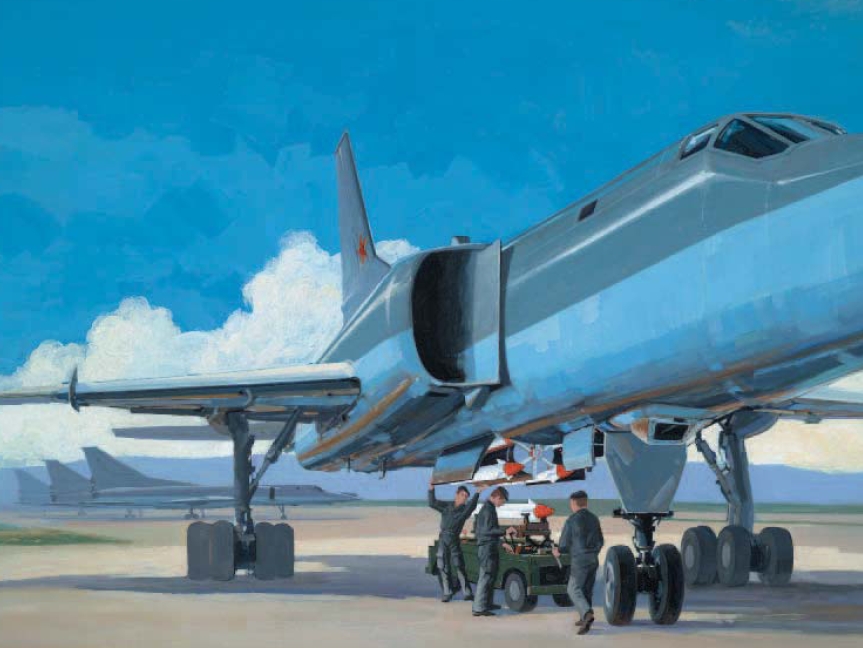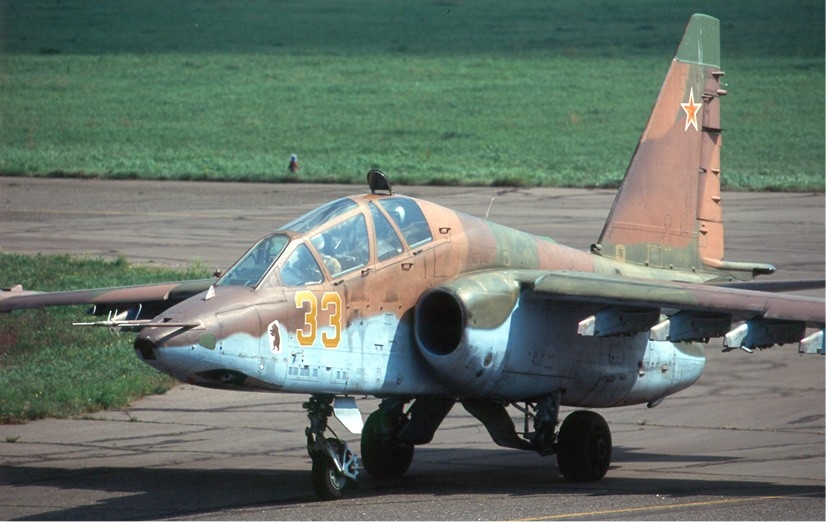|
Monino Museum
The Central Air Force Museum (russian: Центральный музей Военно-воздушных сил РФ) is an aviation museum in Monino, Moscow Oblast, Russia. A branch of the Central Armed Forces Museum, it is one of the world's largest aviation museums, and the largest for Soviet aircraft, with a collection including 173 aircraft and 127 aircraft engines on display. The museum also features additional displays, including Cold War-era United States, American espionage equipment, weapons, instruments, uniforms, artwork, and a library containing books, films, and photos is also accessible to visitors. The Central Air Force Museum is located on the grounds of the Gagarin Air Force Academy on the site of the former Monino Airfield, east of Moscow. History The origins of the museum go back to 1940 when the village of Monino was selected to be the location of what is now the Gagarin Air Force Academy. The museum itself was founded in 1958, two years after the airfield ... [...More Info...] [...Related Items...] OR: [Wikipedia] [Google] [Baidu] |
Monino
Monino (russian: Мо́нино) is an urban locality (a work settlement) in Shchyolkovsky District of Moscow Oblast, Russia, located east of Moscow. Population: History Monino was founded in the Muninskaya Wasteland (russian: Мунинская пустошь) on August 23, 1792. The name "Monino" or "Munin" can be translated from the Finno-Ugric languages as "My farm". It is alleged that the history of the settlement can be traced to a small farm, whose owner was a man of Monin. In 1926, an airfield for heavy aircraft was built, becoming the first to house a heavy bomber brigade. The subsequent history of the village is closely connected with aviation. The status of urban-type settlement was conferred in 1946. Until 1965, it was part of the Noginsk District. Trivia The Central Air Force Museum in Monino is one of the world's largest aviation museums, and the largest for Russian aircraft. 173 aircraft and 127 aircraft engines are on display, and the museum als ... [...More Info...] [...Related Items...] OR: [Wikipedia] [Google] [Baidu] |
Patriot Park
Patriot Park (russian: Парк «Патриот») is a theme park in Kubinka, Russia that is themed around equipment of the Russian military. The park, which officially opened in 2016, is designed around a military theme, and includes interactive exhibits with military equipment. The park incorporates the Aviation Museum of the Kubinka (air base), Kubinka air base and the Kubinka Tank Museum. The location of the exhibits and the restrictions for civilian visitors are changed very often without any notifications. In 2020 the Main Cathedral of the Russian Armed Forces was completed and plans for an Armed Force Museum (Russia), Armed Force Museum are in progress. The park has hosted Army (International Military-Technical Forum), International Military-Technical Forum "Army" since 2015. Specifications * Total land area — 5,414 hectares (54.14 km2) * Military base — 3,530 hectares (35.3 km2) * Civilian part — 1,884 hectares (18.84 km2) * Maximum planned atten ... [...More Info...] [...Related Items...] OR: [Wikipedia] [Google] [Baidu] |
Tupolev Tu-22
The Tupolev Tu-22 ( NATO reporting name: Blinder) was the first supersonic bomber to enter production in the Soviet Union. Manufactured by Tupolev, the Tu-22 entered service with the Soviet military in the 1960s. The aircraft was a disappointment, lacking both the speed and range that had been expected. It was also a difficult design to fly and maintain. It was produced in small numbers, especially compared to the Tupolev Tu-16 it was designed to replace. The aircraft was later adapted for other roles, notably as the Tu-22R reconnaissance aircraft and as carriers for the long-range Kh-22 anti-shipping missile, antiship missile. Tu-22s were sold to other nations, including Libyan Arab Jamahiriya, Libya and Ba'athist Iraq, Iraq. The Tu-22 was one of the few Soviet jet bombers to see combat: Libyan Tu-22s were used Uganda–Tanzania War, against Tanzania Chadian–Libyan conflict, and Chad, and Iraqi Tu-22s were used during the Iran–Iraq War. Development Previous efforts In th ... [...More Info...] [...Related Items...] OR: [Wikipedia] [Google] [Baidu] |
Myasishchev M-50
The Myasishchev M-50 (russian: Мясищев М-50; NATO reporting name Bounder) is a Soviet prototype four-jet engine supersonic strategic bomber which never attained service. Only one flightworthy prototype was built, which was first flown in October 1959. The M-50 was constructed by the Myasishchev design bureau. Design and development The M-50 was a fast jet bomber with four engines: two Dobrynin VD-7 non-afterburning turbojet engines at the outer and two VD-7F afterburning turbojet engines at the inner positions. The two inner engines were located under the wing, and the two outer on the wingtips of its shoulder-mounted, truncated delta wings. The second aircraft was designated M-52 and carried Zubets 16-17 turbofans, around which the aircraft had been designed. The engine installation was modified, and a second tailplane added to the top of the fin. The fore-end of the M-52 has been redesigned: in place of the tandem cockpit of the M-50 with seats in a row, the M-52 ... [...More Info...] [...Related Items...] OR: [Wikipedia] [Google] [Baidu] |
Tupolev Tu-22M
The Tupolev Tu-22M (russian: Туполев Ту-22М; NATO reporting name: Backfire) is a supersonic, variable-sweep wing, long-range strategic and maritime strike bomber developed by the Tupolev, Tupolev Design Bureau in the 1960s. According to some sources, the bomber was believed to be designated Tu-26 at one time. During the Cold War, the Tu-22M was operated by the Soviet Air Forces (VVS) in a missile carrier strategic bombing role, and by the Soviet Naval Aviation (''Aviatsiya Voyenno-Morskogo Flota'', AVMF) in a long-range maritime anti-shipping role. As of 2021, before the 2022 Russian invasion of Ukraine, there were 66 of the aircraft in service. Development In 1962, after the introduction of the Tupolev Tu-22, it became increasingly clear that the aircraft was inadequate in its role as a bomber. In addition to widespread unserviceability and maintenance problems, the Tu-22's handling characteristics proved to be dangerous. Its landing speed was greater than previ ... [...More Info...] [...Related Items...] OR: [Wikipedia] [Google] [Baidu] |
Sukhoi T-4
The Sukhoi T-4, or "Aircraft 100", or "Project 100", or "Sotka" was a Soviet high-speed reconnaissance, anti-ship and strategic bomber aircraft that did not proceed beyond the prototype stage. It is sometimes called the Su-100. Design and development In 1963, the Soviet government held a request for proposal among the aircraft design bureaus, with the aim of developing an aircraft analogous to the North American XB-70 Valkyrie. The Sukhoi design, with its high cruise speed of was favored over the designs submitted by Yakovlev and Tupolev and after a preliminary design review in June 1964, the building of a prototype was authorized. Development of the T-4 required massive research efforts to develop the technologies necessary, including the manufacturing technologies to machine and weld the materials necessary to withstand sustained Mach 3 flight. Nearly 600 patents or inventions are attributed to the program. The first flying prototype was finally completed in the autumn of 19 ... [...More Info...] [...Related Items...] OR: [Wikipedia] [Google] [Baidu] |
Ilyushin Il-2
The Ilyushin Il-2 (Russian: Илью́шин Ил-2) is a ground-attack plane that was produced by the Soviet Union in large numbers during the Second World War. The word ''shturmovík'' (Cyrillic: штурмовик), the generic Russian term for a ground-attack aircraft, became a synecdoche for the Il-2 in English sources, where it is commonly rendered Shturmovik, StormovikStapfer, 1995 and Sturmovik.Rastrenin, 2008 To Il-2 pilots, the aircraft was known by the diminutive "Ilyusha". To the soldiers on the ground, it was called the "Hunchback", the "Flying Tank" or the "Flying Infantryman". Its postwar NATO reporting name was Bark.Gunston 1995, p. 106. During the war, 36,183 units of the Il-2 were produced, and in combination with its successor, the Ilyushin Il-10, a total of 42,330Jane's 1989, p. 529. were built, making it the single most produced military aircraft design in aviation history, as well as one of the most produced piloted aircraft in history along with the A ... [...More Info...] [...Related Items...] OR: [Wikipedia] [Google] [Baidu] |
Tupolev Tu-128
The Tupolev Tu-28 (NATO reporting name Fiddler) was a long-range interceptor aircraft introduced by the Soviet Union in the 1960s. The official designation was Tu-128, but this designation was less commonly used in the West. It was the largest and heaviest fighter ever in service. Background In the 1950s, the Soviet Union sought means to defend against nuclear-armed American bombers possibly penetrating its borders (especially its long and vulnerable northern border). Contemporary interceptors, such as the Yakovlev Yak-28P, were able to cover a radius of just a few hundred kilometers flying from northern Soviet bases like Talagi and Savatiya; the newly developed surface-to-air missiles had even shorter range. Considering both, the sheer numbers required to defend a 5,000 km air front were economically impossible to maintain. This left the Soviet Union able to provide a modern air defense only for selected valuable areas. The PVO decided to cover the entire territory, bu ... [...More Info...] [...Related Items...] OR: [Wikipedia] [Google] [Baidu] |
Sukhoi Su-25
The Sukhoi Su-25 ''Grach'' (russian: Грач (''rook''); NATO reporting name: Frogfoot) is a subsonic, single-seat, twin-engine jet aircraft developed in the Soviet Union by Sukhoi. It was designed to provide close air support for Soviet Ground Forces. The first prototype made its maiden flight on 22 February 1975. After testing, the aircraft went into series production in 1978 in Tbilisi in the Georgian Soviet Socialist Republic. Early variants included the Su-25UB two-seat trainer, the Su-25BM for target-towing, and the Su-25K for export customers. Some aircraft were upgraded to the Su-25SM standard in 2012. The Su-25T and the Su-25TM (also known as the Su-39) were further developments, not produced in significant numbers. The Su-25, and the Su-34, were the only armoured, fixed-wing aircraft in production in 2007.Gordon and Dawes 2004. Su-25s are in service with Russia, other CIS members, and export customers. Production of the Su-25 ended in 2017 in Russia and 2010 in Ge ... [...More Info...] [...Related Items...] OR: [Wikipedia] [Google] [Baidu] |
Lavochkin La-15
The Lavochkin La-15 ( Plant 21 product code Izdeliye 52, USAF reporting name Type 21, NATO reporting name Fantail), was an early Soviet jet fighter and a contemporary of the Mikoyan-Gurevich MiG-15. Design and development Lavochkin had produced a line of prop powered fighters in World War II. The Lavochkin La-150 was its first response to a 1945 order to build a single-seat jet fighter using a single German Junkers Jumo 004 turbojet from the Me 262. The Lavochkin La-152 which flew in December 1946 moved the engine to the front of the nose, which reduced thrust loss. The Lavochkin La-160 was the first Soviet fighter to apply swept wings, and flew in June 1947. The Lavochkin La-168 first flew on April 22, 1948. It was designed to use the new turbojet based on the Rolls-Royce Nene in response to a 1946 request for an advanced swept-wing jet fighter capable of transonic performance. The engine was placed behind the pilot, but with a high-mounted wing and T-tail compared to the simi ... [...More Info...] [...Related Items...] OR: [Wikipedia] [Google] [Baidu] |
Beriev Be-12
The Beriev Be-12 ''Chayka'' ("Seagull", NATO reporting name: Mail) is a Soviet turboprop-powered amphibious aircraft designed in the 1950s for anti-submarine and maritime patrol duties. Design and development The Beriev Be-12 was a successor to the Beriev Be-6 flying boat, whose primary roles were as an anti- submarine and maritime patrol bomber aircraft. Though tracing its origins to the Be-6, the Be-12 inherited little more than the gull wing and twin oval tailfin configuration of the older aircraft. The Be-12 has turboprop engines, which gave it an improved speed and range over the Be-6. The Be-12 also had retractable landing gear, which enabled it to land on normal land runways, as well as water. The Be-12 was first flown on October 18, 1960, at Taganrog airfield, and made its first public appearance at the 1961 Soviet Aviation Day festivities at Tushino airfield. A total of 150 aircraft were produced, in several variations, with production ending in 1973. Operation ... [...More Info...] [...Related Items...] OR: [Wikipedia] [Google] [Baidu] |
Tupolev Tu-144
The Tupolev Tu-144 (russian: Tyполев Ту-144; NATO reporting name: Charger) is a Soviet supersonic passenger airliner designed by Tupolev in operation from 1968 to 1999. The Tu-144 was the world's first commercial supersonic transport aircraft with its prototype's maiden flight from Zhukovsky Airport on 31 December 1968, two months before the British-French Concorde. The Tu-144 was a product of the Tupolev Design Bureau, an OKB headed by aeronautics pioneer Aleksey Tupolev, and 16 aircraft were manufactured by the Voronezh Aircraft Production Association in Voronezh. The Tu-144 conducted 102 commercial flights, of which only 55 carried passengers, at an average service altitude of and cruised at a speed of around ( Mach 2). The Tu-144 first went supersonic on 5 June 1969, four months before Concorde, and on 26 May 1970 became the world's first commercial transport to exceed Mach 2. Reliability and developmental issues, together with repercussions of the 1973 Paris Air S ... [...More Info...] [...Related Items...] OR: [Wikipedia] [Google] [Baidu] |




.jpg)



.jpg)
.jpg)